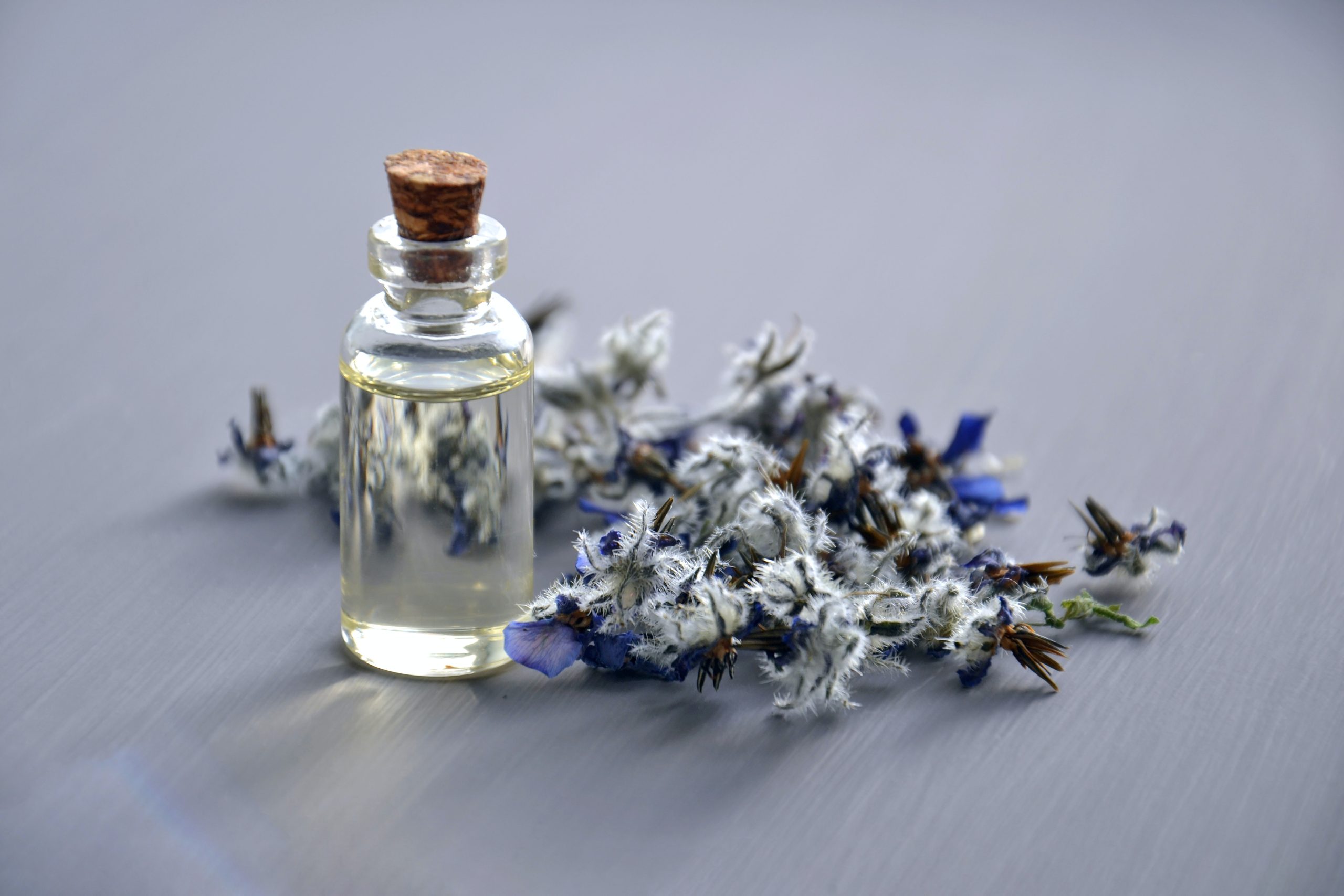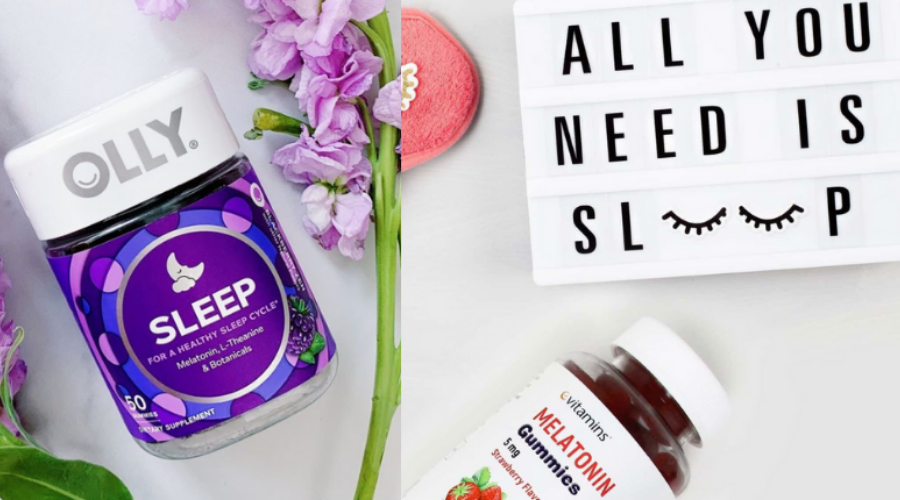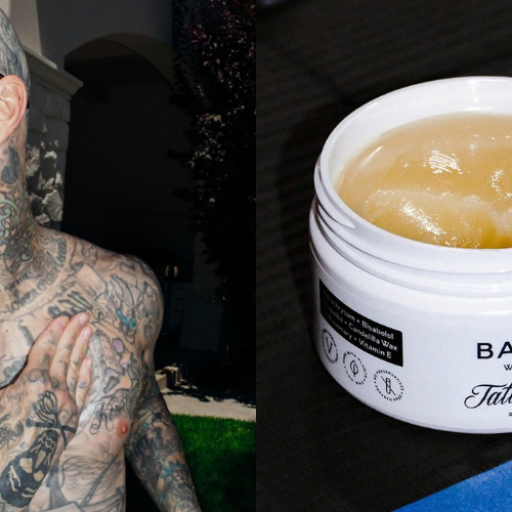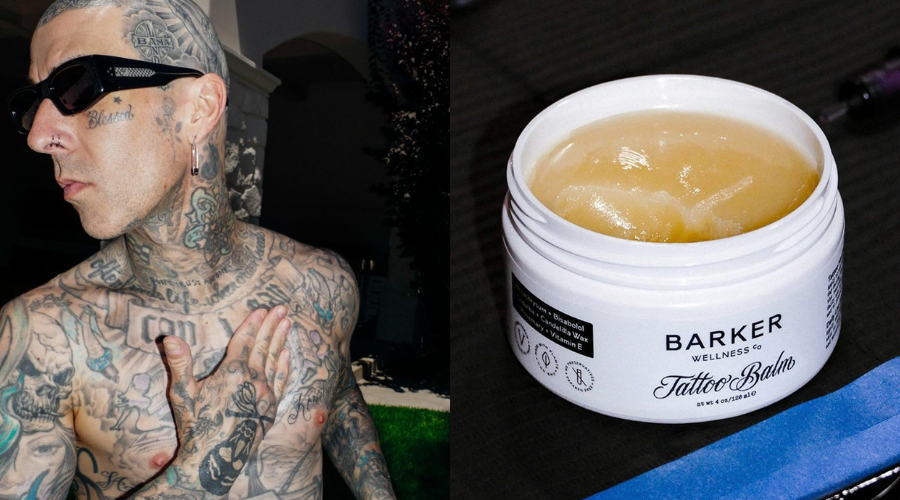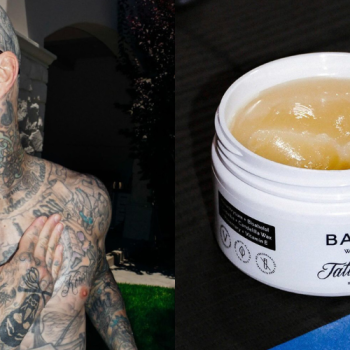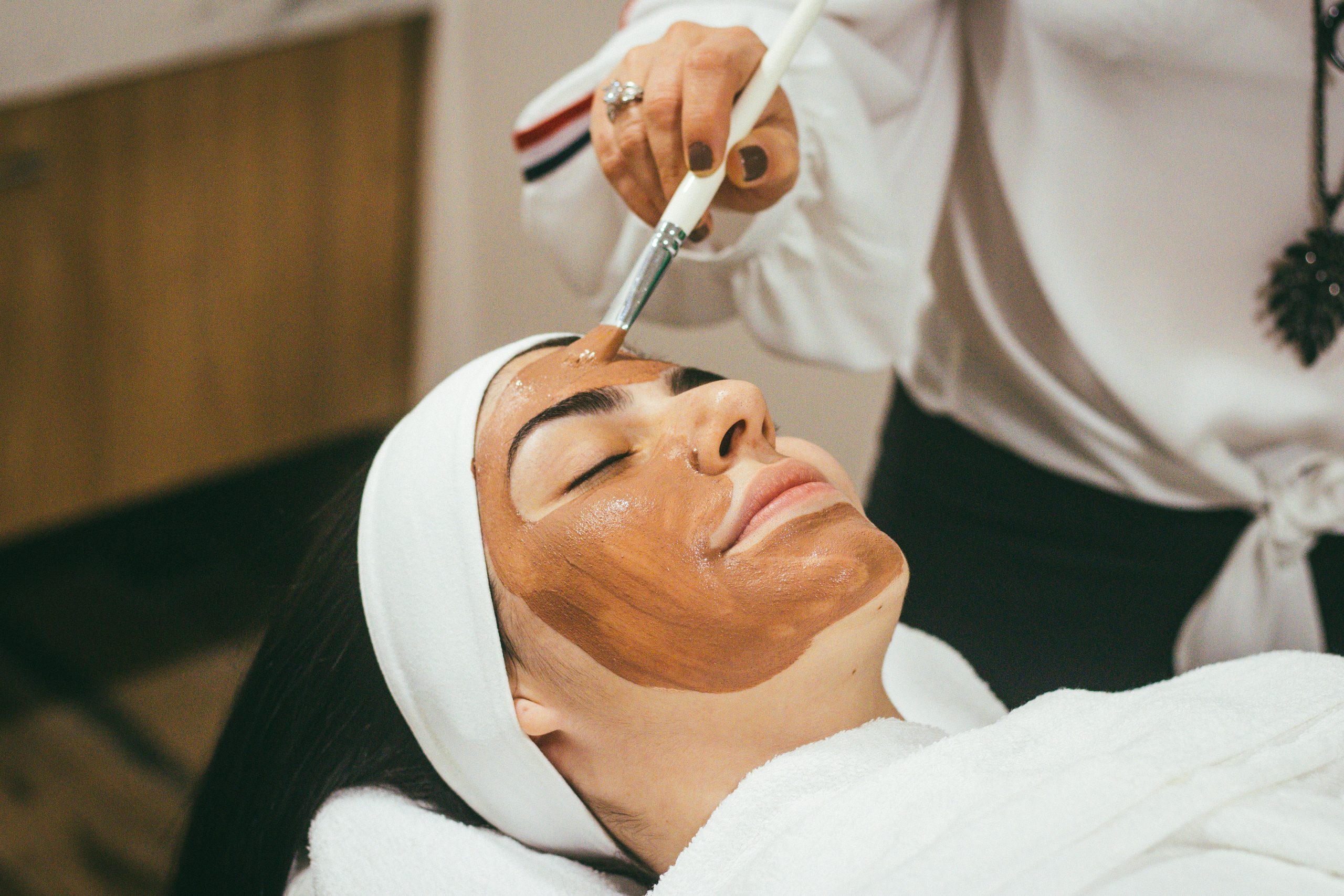Broadly, acne can be of two types – comedonal acne (blackheads/whiteheads) and inflammatory acne, which presents itself as pustules or papules. Both kinds have different treatment approaches, with comedonal acne being an especially tricky concern to deal with. Since most people don’t even consider blackheads and whiteheads as acne, they fail to pay close attention to them until they erupt as painful blemishes. Comedonal acne is rarely a hot topic with skincare enthusiasts. And one of its underrated solutions, despite being highly efficacious, is left struggling to gain popularity among the masses. Here’s everything you need to know about adapalene for acne:
How Does Adapalene Work For Acne?

Adapalene is a (kind of) vitamin A derivative and belongs to the retinoid group. Retinoids primarily work by drying out the skin and regulating oil production. While retinoids as oral medication have been used to treat acne for a long time, topical adapalene is a brand new compound to join the league of acne solutions. Compared to other retinoids, adapalene is less drying and works on acne gradually. Dr Geetika Srivastava, Dermatologist & founder, Influennz– Hair & Skin Clinic, reveals, “Adapalene for skin works by increasing the epidermal cell turnover time. So, it exfoliates and peels off the skin to clear the comedones out. It also works by decreasing the inflammation of the skin and as an anti-bacterial ingredient. It reduces oil production, which is the main culprit in acne formation.”
Is Adapalene Suitable For All Skin Types?

Adapalene is not suitable for all skin types. It is only prescribed for oily, acne-prone skin. Dr B L Jangid, MD, Ex Sr Dermatologist at AIIMS, New Delhi, reveals, “Adapalene should never be prescribed for sensitive and dry skin types.” Dry and sensitive skin types can be more prone to adapalene-related dermatitis. Issues like redness, scaling of the skin, excessive dryness, patchiness, and tightness are associated with the improper use of adapalene.
Even when prescribed for oily, acne-prone skin, specific directives must be followed. Given the ingredient’s potency, one should start with an alternate night application. Then you can gradually increase the usage in your routine. An alternative way to use the ingredient is to apply moisturiser soon after. This alleviates dryness and itchiness. Dr Jangid recommends opting for gel formulations over creamy textures. To exploit the incredible drying capacity of adapalene, cream formulations will fall short as they already have oil content.
Adapalene For Acne – Precautions

Adapalene is not accessible via cosmetic brands and should only be used with a valid prescription. Dr Jangid cautions about the strength of the ingredient, saying it should not be prescribed during pregnancy. In fact, he recommends going off of adapalene for at least three months before planning a pregnancy. This is why you need to consult an expert before starting with an adapalene routine and get thorough information about using it.
Once on adapalene, experts recommend being mindful of the following:
1. Dr Geetika says, “Since adapalene causes photosensitivity, the skin becomes sensitive after sun exposure; it should only be applied at night. It should never be applied during the daytime. And once you are on an adapalene-based skincare regime, you should always apply sunscreen in the morning.”
2. Dryness is a common side effect of adapalene, so always use moisturiser before or after application, according to how the skin is feeling.
3. It should be applied in less quantity or frequency. Apply a very thin coat, even while spot-treating with it. Overuse can lead to excessive dryness or chemical burn. Opt for alternate days, depending on the skin’s needs and condition.
4. There are chances of an initial spike in your acne due to reactivity and purging. About 10 – 15% of people can experience increased acne, but it will subside gradually. You might also notice that the skin becomes red and can dry out, so make sure to consult a dermatologist.



